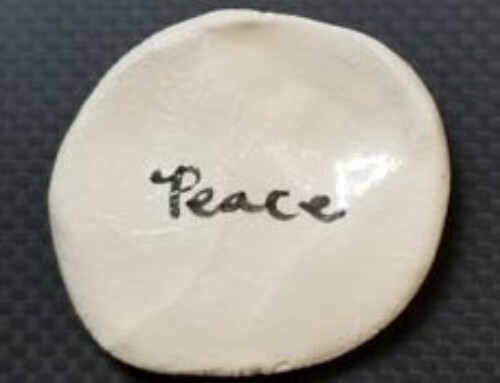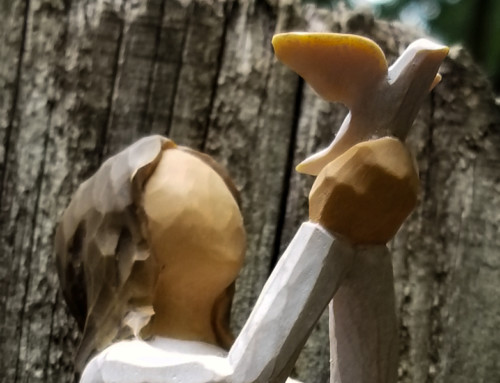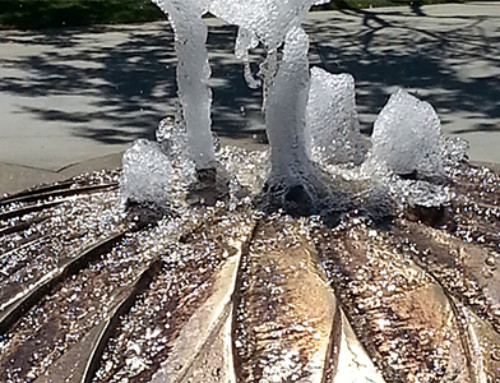Mindfulness Meditation

“Ultimately, I see mindfulness as a love affair – with life, with reality and imagination, with the beauty of your own being, with your heart and body and mind, and with the world.”
Jon Kabat-Zinn, PhD.
Last post, I described my intuitive wandering into what I would discover over time to be the rich minefield of meditation. Jon Kabat-Zinn, PhD. describes such synchronistic discoveries as being: “perhaps in part because of the mysterious impulses that draw us to things before we really know what they are, intimations of what might be emanating from a deep intuition that we discover is truly trustworthy.”
The art of meditation is truly trustworthy.
Mindfulness meditation is a particular practice of meditation made familiar to countless people through the teacher, scientist, and clinician, Jon Kabat-Zinn, PhD. Kabat-Zinn reintroduced this 2,500 year practice to modern American life, creating what became a groundswell of utilization, research, interest, and well…the joy of health and healing.
In 1979 Dr. Zinn developed the Mindfulness Based Stress Reduction (MBSR) program at the University of Massachusetts Medical Center. What began as an innovative program in the emerging specialty of behavioral medicine, designed to treat people with stress related illness, has burgeoned into a widely used program found to be effective in helping people cope with and heal from stress, anxiety, depression, and substance abuse. Research confirms its impact on healthy aging, increased energy, improved sleep, pain management, increased immunity, and increasing self-esteem and acceptance.
MBSR programs are now offered in medical clinics, schools, psychotherapy therapy practices, and business. LIVEANDDARE.com publishes information collected from a meta study of over 100 scientific papers analyzing mindfulness practices and their benefits. The results are remarkable.
Mindfulness meditators were found to have a 75% reduction of depression; 30% reduction in anxiety; 65% increase in well-being and 50% disease reduction due to increased immunity.
The American Mindfulness Research Association reports that in 1990 there were 5 Mindfulness Journal publications. By 2015 there were 674.
So, what’s the buzz?
Paradoxically, mindfulness meditation is a seemingly simple practice which bears astonishingly complex fruits. Realizing that many might observe the practice as “much ado about nothing”, Dr. Kabat-Zinn considers it more accurate to “describe it as much ado about what might seem like almost nothing that turns out to be just about everything. It contains a whole universe of life-enhancing possibilities.”
What is mindfulness? As if turning a jewel round and round allowing it to reflect differing lights, I offer several descriptions, all ways of defining a process that can only truly be understood through experiencing it.
“The practice of mindfulness is about paying attention in a particular way, on purpose, fully present in the moment, and without judgement.” Bishop and colleagues (2004)
“Paying attention to what?”, you might ask. Simple things like your breath; the inhale and the exhale. The sensations in your body; tightness here, calmness there. Or, perhaps, seeing something in nature with a heightened awareness. Ordinary things, really seen, with full concentration, over an extended period of time.
“Simply put, mindfulness is a moment to-moment-awareness. It is cultivated by purposefully paying attention to things we ordinarily never give a moment’s thought to. It is a systemic approach to developing new kinds of control and wisdom in our lives, based on inner capacities for relaxation, paying attention, awareness, and insight.” Jon Kabat-Zinn, PhD.
And so, we begin to see that this practice reaches far beyond the easily measurable markers of depression, anxiety, and stress into the spiritual realms of insight and awareness.
“Mindfulness is awareness, cultivated by paying attention in a sustained and particular way: on purpose, in the present moment, and non-judgmentally. It is one of many forms of meditation, if you think of meditation as any way in which we engage in:
(1) systematically regulating our attention and energy
(2) thereby influencing and possibly transforming the quality of our experience
(3) in the service of realizing the full range of our humanity and of
(4) our relationships to others and the world.” Jon Kabat-Zinn.
In further study, you might find yourself accepting Kabat-Zinn’s invitation to “embark on what I hope will be an ongoing adventure of inquiry and discovery about the nature of your mind and heart and how you might live with greater presence, openheartedness and authenticity _ not merely for yourself, but for your interconnected embeddedness with those you love, with all beings, and with the world itself.”
Describing mindfulness is a bit like describing love. We can try, but it is only truly understood through experience. In the ensuing posts, we will talk more about the different aspects of the practice itself.
Suggested reading for your study and reflection:
FULL CATASTROPHE LIVING: Using the Wisdom of your Body and Mind to Face Stress, Pain, and Illness. Jon-Kabat-Zinn, PhD. 1990.
Mindfulness for Beginners. Jon Kabat-Zinn, PhD. 2012. (includes CD with guided meditations)
A Mindfulness-Based Stress Reduction Workbook. Bob Stahl, PhD. And Elisha Goldstein, PhD. 2010. (includes CD with guided meditations)
ftm Family Therapy Magazine September/October 2018





